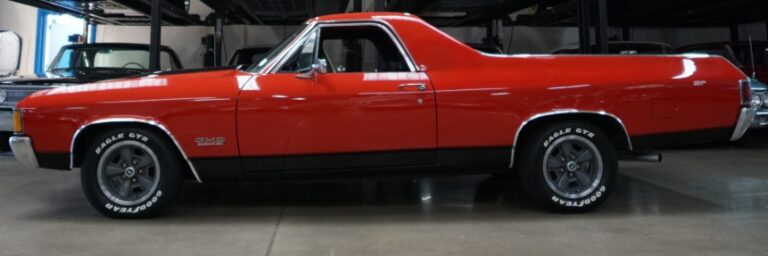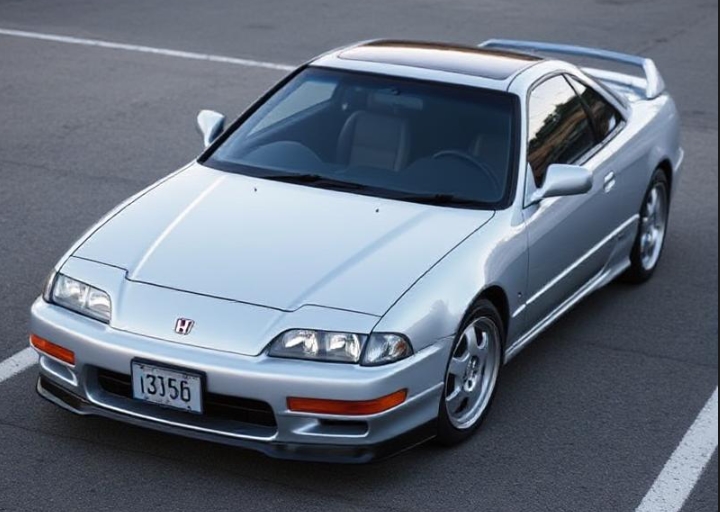The Evolution of the Pontiac Phoenix: A Comprehensive History
The Pontiac Phoenix, an emblematic vehicle of the 1980s, represents an intriguing chapter in the annals of American automotive history. Born in the era of compact cars, the Phoenix was notable for its blend of style, performance, and practicality. This article delves into the history and evolution of the Pontiac Phoenix, outlining its production years, models, and trim levels offered throughout its lifecycle.
Background
Pontiac, originally a division of General Motors, was known for producing innovative and sporty vehicles. The brand was well-regarded for its stylish designs and performance-oriented approach. The Phoenix was introduced amidst changing consumer preferences, particularly the increasing demand for smaller, fuel-efficient cars, driven by the oil crises of the 1970s and early 1980s.
Production Years and Overview
The Pontiac Phoenix was produced from 1980 to 1984. It served as Pontiac’s compact car entry, designed to fill the gap left by the larger Pontiac models, capitalizing on the growing market for front-wheel-drive vehicles. The Phoenix was ultimately an evolution of the earlier Pontiac Ventura, a car that shared much of its design and technological components with the Chevrolet Citation and other GM offerings of that era.
1980: The Debut
The Pontiac Phoenix made its debut in 1980 as part of GM’s X-body platform. The introduction was characterized by a smooth exterior design, a front-wheel-drive configuration, and a variety of engine options. The initial models were positioned as sporty compacts, featuring a hatchback design that was particularly appealing to young buyers looking for a blend of practicality and performance.
Trim Levels for 1980:
- Phoenix: This base model was equipped with a 2.5-liter inline-four engine, generating around 90 horsepower. It featured basic necessities, appealing to budget-conscious consumers.
- Phoenix Sport: This trim added sporty features, including special exterior decor and upgraded interior materials, aimed at attracting younger drivers.
- Phoenix Coupe: A two-door variant designed for those who preferred a more classic sporty look, featuring similar specs to the base model but with more emphasis on aesthetics.
1981: Mid-Cycle Enhancements
In 1981, the Phoenix saw some updates that improved comfort and aesthetics. Pontiac introduced new color options and interior fabrics, modernizing the feel of the vehicle. The availability of a 2.8-liter V6 engine became a formidable option, enhancing performance and providing a smoother driving experience.
1981 Trim Levels:
- Phoenix: Continued as the base model, now available with the 2.8-liter V6 option.
- Phoenix Sport: Maintained its appeal as a spirited vehicle with a higher optional engine configuration and additional sporty touches.
- Phoenix Coupe: Remained popular but introduced new package options to broaden its market appeal.
1982: The Rising Popularity
The popularity of compact cars surged, and the Pontiac Phoenix responded with additional options and a slight increase in performance. The 1982 model year marked a push for sportiness, as Pontiac aimed to further establish the Phoenix as a performance compact.
1982 Trim Levels:
- Phoenix: Essential features continued, but now with better options in suspension for improved handling.
- Phoenix Sport: Introduced features like alloy wheels and a sport-tuned suspension package for better performance.
- Phoenix Coupe: The focus on aesthetics remained, with access to sport packages that included added features like bucket seats.
1983: The Expansion of Choices
In 1983, Pontiac further examined customer feedback and expanded the trim levels available within the Phoenix lineup. The marketing push shifted towards promoting the car’s fuel efficiency alongside its sporty reputation.
1983 Trim Levels:
- Phoenix: The entry-level trim continued to serve as an excellent option for fuel-conscious drivers.
- Phoenix Sport: Enhanced with upgraded audio systems and additional comfort features.
- Phoenix Coupe: It saw a few cosmetic improvements but maintained its sporty appearance.
- Phoenix SE: Introduced as a more luxurious trim option, with upgraded materials and features such as air conditioning and power windows.
1984: The Final Year
By 1984, the Phoenix had cemented its reputation as a reliable compact vehicle. However, amid shifting market demands and the momentum of consumer preference towards more modern designs, production of the Phoenix ceased after the 1984 model year. It would not see a direct successor, as Pontiac shifted its focus towards front-wheel-drive vehicles that emphasized compact design and efficiency.
1984 Trim Levels:
- Phoenix: Continued as a practical entry-level model, with a similar setup and features as in previous years.
- Phoenix Sport: With enhancements in technology and performance, it added more modern features.
- Phoenix Coupe: Maintained its sporty look while adjusting some technical features to meet changing consumer expectations.
- Phoenix SE: This trim became the top-tier offering, providing optimum luxury and comfort for drivers seeking both style and utility.
.
THIS is GOOD stuff if your car is in need:

.
Legacy
While the Pontiac Phoenix enjoyed only a brief production run, it became a noteworthy player in the compact car market during the early 1980s. It successfully merged practical features with an appealing sporty demeanor, targeting a demographic that valued both performance and efficiency.
The end of the Pontiac Phoenix’s era coincided with the broader 1980s automotive landscape, which was increasingly leaning towards more modern, fuel-efficient vehicles. Despite its short lifespan, the Phoenix established Pontiac’s legacy of sportiness and compact innovation.
Pontiac ultimately ceased to exist as a brand in 2010, marking the end of an era for many iconic models and the distinct spirit embodied in vehicles like the Phoenix. Today, enthusiasts remember the Pontiac Phoenix with nostalgia, often seeking out the compact as a representation of a time when American automobile design was undergoing significant transformation.
Conclusion
The Pontiac Phoenix, produced from 1980 to 1984, encapsulates an important phase in the evolution of compact cars in America. Throughout its production, a range of models and trim levels provided a variety of choices tailored to consumers’ needs. While no longer in production, the Phoenix remains a notable vehicle in the history of Pontiac and American automotive culture, celebrating the transition towards modern compact vehicles and the relentless pursuit of performance and economy that still shapes the automotive landscape today.







